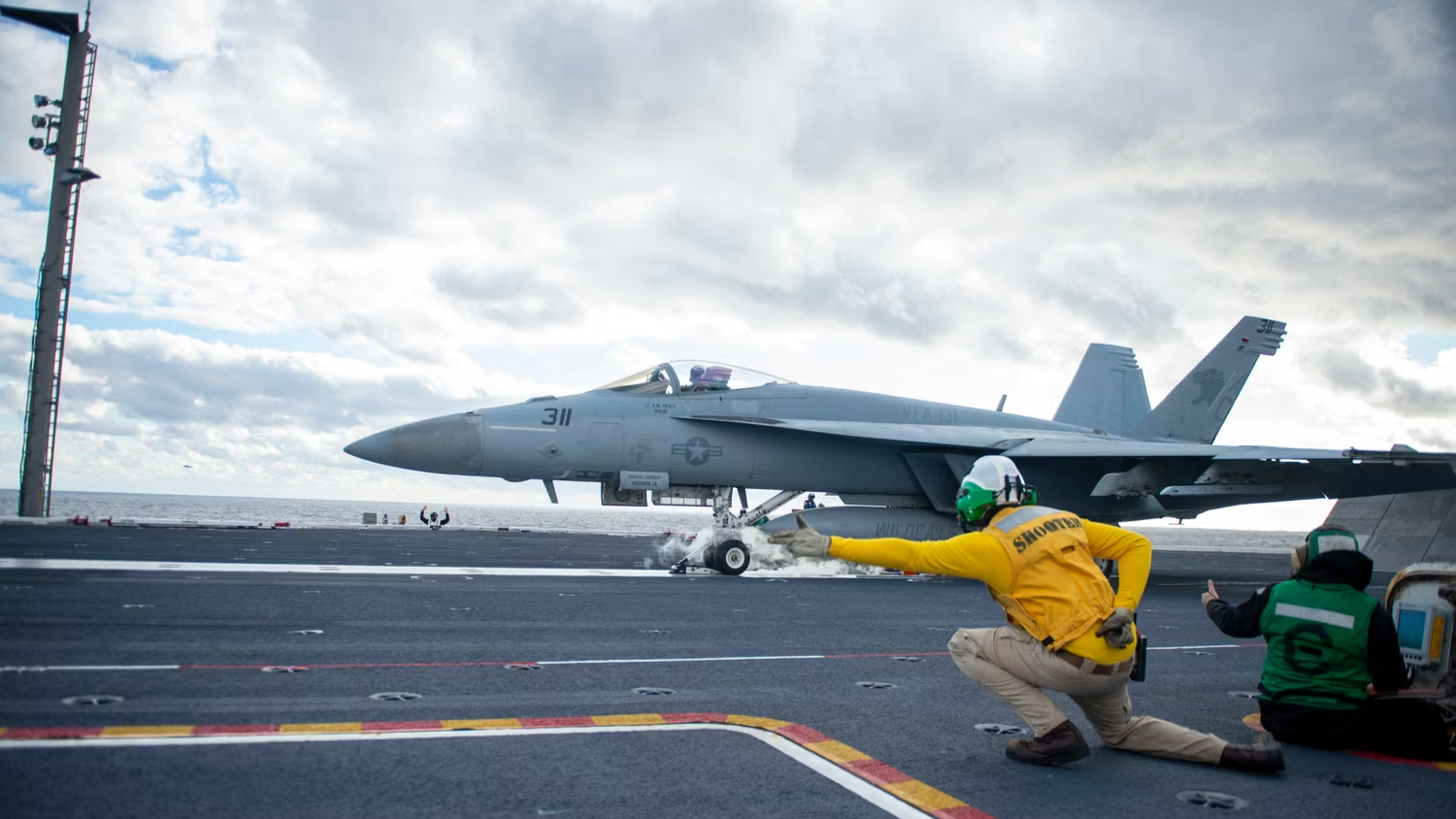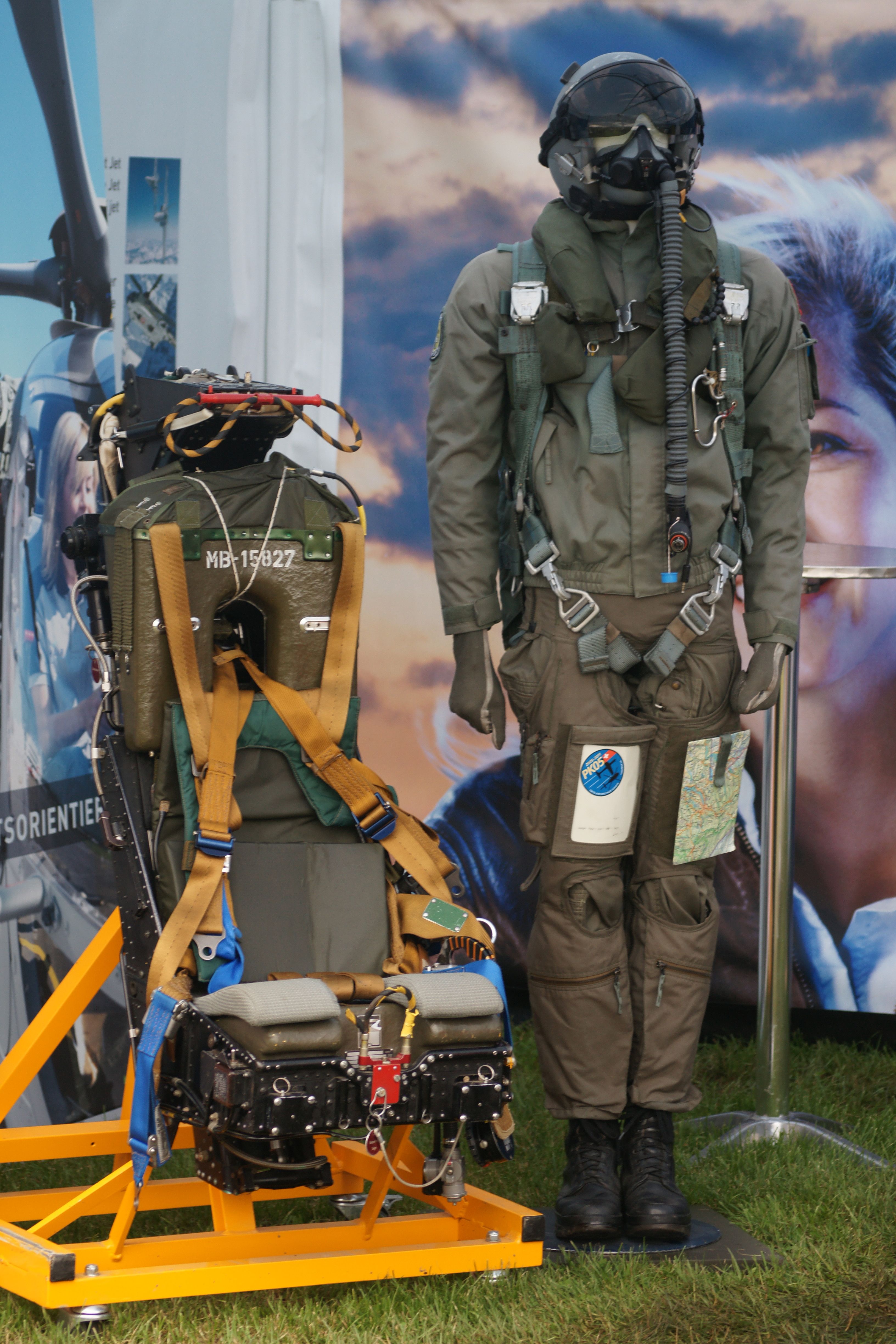Modern-day fighter pilots look mighty impressive in their jumpsuits with expressive squadron badges and pilot wings. Besides the obvious, you may need to realize that much effort is involved in designing today's fighter pilot equipment.
Before we discuss what fighter pilots wear today, let's look back and see how fighter pilot clothing has evolved over time. In the early years of aviation, all aircraft had cockpits open to the elements. Early aviators quickly realized they needed warm clothing with multiple pockets that could be sealed to prevent things from falling out when making a maneuver.
Leather became the material of choice
At the time, what a pilot decided to wear was up to him, but uniforms became increasingly common as we got to World War One. Leather jackets and pants quickly became the material of choice due to their durability and protection.
Attracted to war efforts by the U-boat sinking of the British ocean liner RMS Lusitania, Australian Frederick Sidney Cotton boarded a boat to England and joined the Royal Naval Air Service, where he trained to be a pilot. After participating in bombing raids behind German lines in 1917, Cotton developed a one-piece flying suit solving the problem of staying warm in the cockpit. The Sidney Cotton's (Sidcot) flying suit was adapted by all British pilots and used by the Royal Air Force (RAF) until 1950.
Electrically heated flying suits
During the Second World War, bombing crews would fly at high altitudes where it was freezing. To help them stay warm, General Electric, with the help of Lion Apparel, invented electrically heated flying suits. When pressurized aircraft arrived, like the Boeing B-17 Flying Fortress, there was no longer a need for bulky leather flying suits.
Flame-resistant clothing became necessary, and as the war progressed, fire-retardant flight suits, gloves, and helmets were introduced. As the military entered the jet age, the pressurized g-suit was invented to help protect pilots from the stress of excessive speed and gravity put on the body.
Want answers to more key questions in aviation? Check out the rest of our guides here.
Modern-day flight suits are made of Nomex
Naturally, there have been advances in fabrics, which is why today's fighter pilot flying suits are made from a material called "Nomex." Related to nylon but made with aromatic backbones, Nomex provides excellent thermal, chemical, and radiation resistance.
Extremely fire-resistant Nomex flying suits are usually found in two colors, green or desert tan. This suit has multiple pockets, including a clear plastic one on the thigh for displaying a map. On top of their Nomex flying suits, fighter pilots wear an antigravity suit to help minimize discomfort during high-speed maneuvers. The suit also helps prevent them from losing consciousness when experiencing g-forces.
Helmets
Pilots wear custom-fitted helmets to protect their heads, reduce noise, and keep warm. The helmets are specially designed to be used with oxygen masks and have built-in speakers for communication. These helmets also have a visor to help them deal with sunlight and laser beams.
Oxygen mask
Due to high-altitude flying, oxygen masks are essential partly because of the low amount of oxygen in the air. Breathing is more difficult under high g-forces, and a constant oxygen supply helps prevent fighter pilots from passing out. The oxygen masks fighter pilots use automatically adjust the supply flow of oxygen based on altitude.
Night vision goggles
Pilots wear night vision goggles when flying missions at night to help identify targets.
Safety gear
Should a fighter pilot need to eject, they are equipped with steel-toed safety boots and a flotation collar that will automatically inflate in water. A signal beacon will lead rescuers to where they are. Other equipment includes a survival radio, flashlight, folding knife, signal flares, a compass, and a whistle. Some fighter pilots will adapt their safety equipment based on where they are operating.



